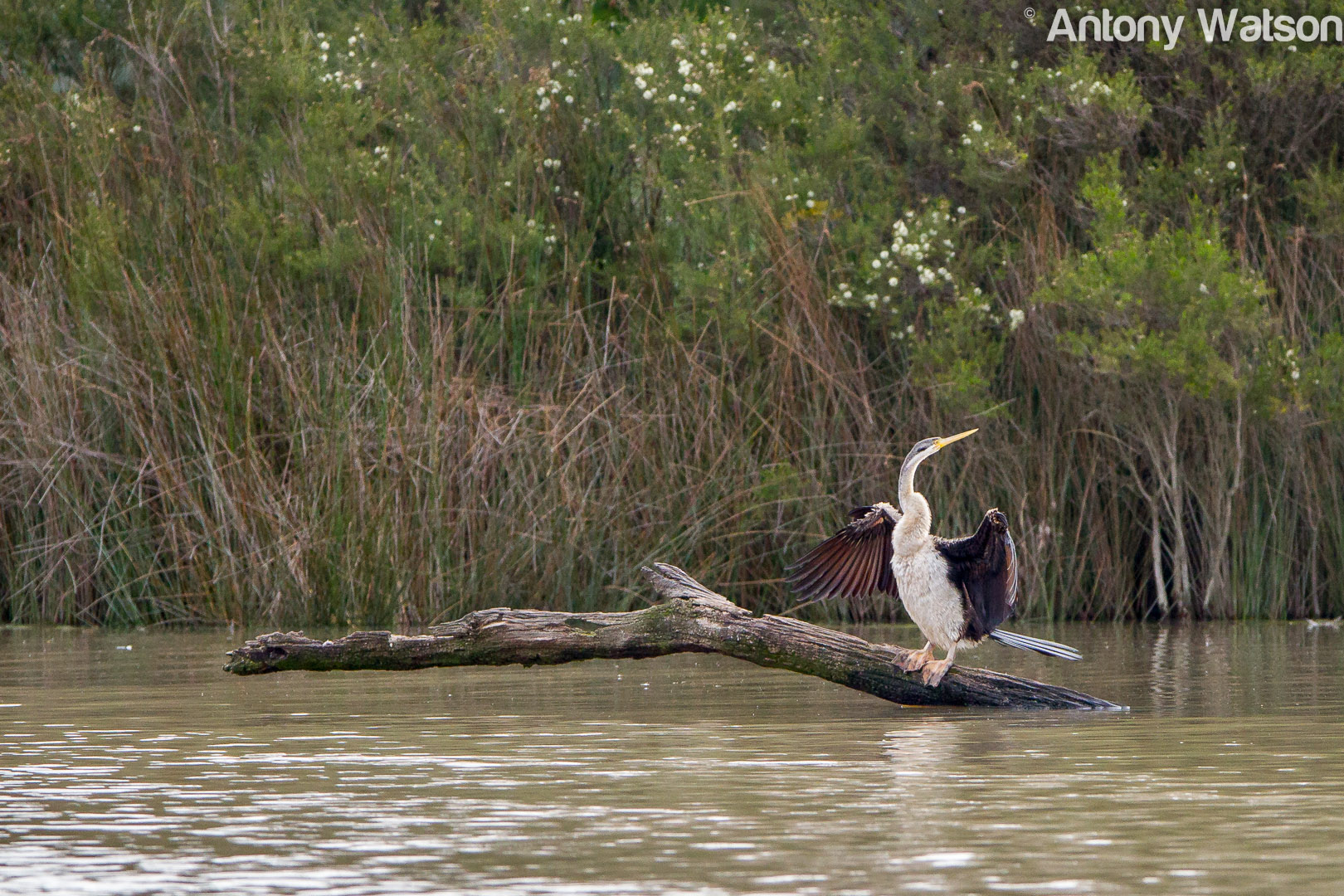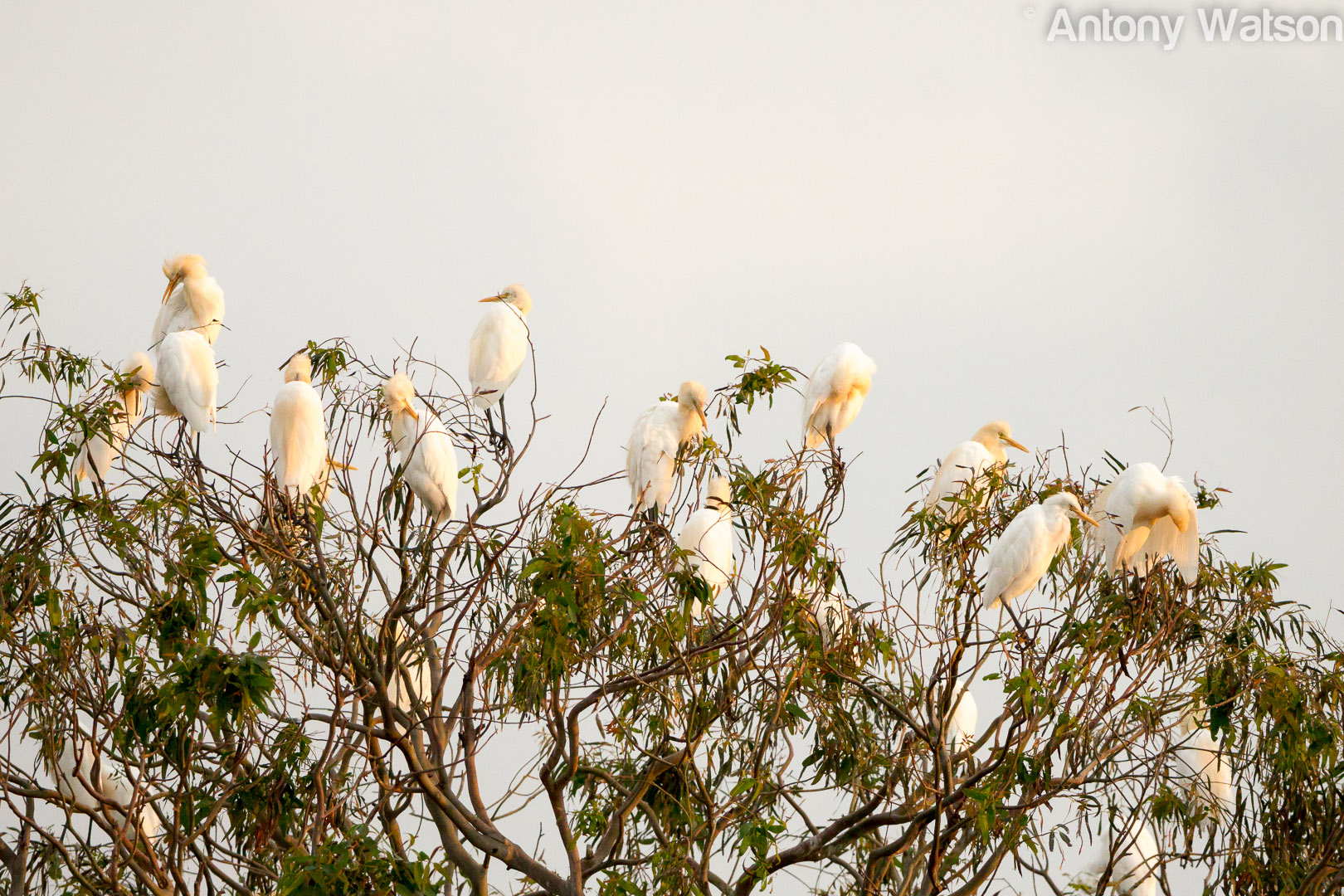After returning from my trip to the Arctic I had a chance to go out shooting with my good friend and colleague Joshua Holko at a local wetlands.
I must say first and foremost, I am not a birder. I grew up breeding and keeping birds, a pastime of my fathers that we shared, but I was never one to get out there and specifically photograph birds. In my recent expedition to Greenland and Svalbard, there were quite a lot of opportunities to both photograph and observe bird life. In what I can only describe as one of the most stark and barren parts of the world, my appreciation for all things avian has been rekindled.
So when I got the call “Ant, what are you doing tomorrow? Do you want to come play with the the Canon EF 600mm f/4L IS II USM Lens?” the answer was obvious.
Between the two of us there were more lenses, bodies, tripods and camera bags than two men should realistically carry nor attempt to fit in a hide but the walk wasn’t too far and given we were going to shoot a little video as well it was best to just lug it all there.
Shooting from a hide meant long glass was in order. Apart from playing with the Canon 600 f/4 L IS MkII, there was also the Canon EF 200-400mm f/4L IS USM Extender 1.4x as well as the Canon EF 300mm f/2.8L IS USM II and the Canon EF 1.4X III Telephoto Extender and the Canon EF 2.0X III Telephoto Extender.
The utilitarian nature of the 200-400 is just amazing when it comes to framing images. Dropping the extender in and out is just a fluid quick action that requires minimal effort and when the camera is mounted on a tripod I didn’t even have to remove my eye from the viewfinder to do so. Its just easy. Framing birds in motion was easy. I can easily zoom out to the wider focal length, get the subject in frame, pan, zoom and shoot. My capture rate of getting birds in motion was pretty darn good. The 200-400 was a bit short in focal length even with the extender dropped in, so I put the Canon 2x MkIII extender in for a bit more reach. Combined with the 1.3 crop on my 1D Mark IV it was much more usable in shoot birds from the hide.
And thats where the 600 f/4 IS MkII came in. Now having used the marvelous 200-400 f/4 IS in the field, using the Canon 600 f/4 IS and its fixed focal length feels totally foreign. No zooming to wider focal lengths and zooming as I track a subject. The change in technique required to use this lens after shooting with the 200-400 required a real mindset shift for me. No longer was I getting the on target frame capture rate that I was with the 200-400. Spotting and bird and the framing a bird at 1200mm and panning is not something that one picks up and executes well in a short period of time. I’m not one to weigh equipment but when using both lenses the weight is reasonably comparable between the two. That said, the 600 f/4 IS is MUCH bulkier than the 200-400 f/4 and can only be used mounted on a tripod. That said the 200-400 can be used hand held for all of about 3 seconds before it too overwhelms your forearms.
Combined with the 2x MkIII extender the 600 f/4 IS MkII is absolutely beautiful to use. The focus was quick. The IS and extremely quiet. The image quality as we’ve come to expect from Canon’s big glass is truly astounding. And with 1200mm of reach it opens up new possiblities.
I must say, the Canon 300 f/2.8 IS just didn’t get any use on this trip out. Why not? It’s an amazing lens and as sharp as it is, its just plain not long enough. With the 2x extender on it produces amazing quality images but 600mm is just too short for the hide we were shooting from so alas it spent its time comfortable in the Gura Gear Bataflae nice and safe.
On show were Cattle Egrets, White Ibis, Cormorants and a plethora of ducks among many other species. As the sun started to set, we cursed Melbourne and its short Winter days, took our last frames and headed home.
It was a good experience shooting with the 600 f/4 L IS Mk II. Its an amazing lens. Quick focusing, whisper quiet IS, a great focal length and of course its razor sharp. It does require quite some practice to pan and shoot with especially when combined with the 2x teleconvertor.
Do I want one? Most definitely.
But realistically its not on the top of my shopping list right now. Actually as I sit here and finalize this post, I’m looking at my soon to be replaced Drobo Pro FS NAS. I’ll share more on my storage and backup strategies in a post in the near future.





1 comment for “Birding with the Canon 200-400 f/4 L IS, 300 2.8 IS and the 600 f/4 IS”